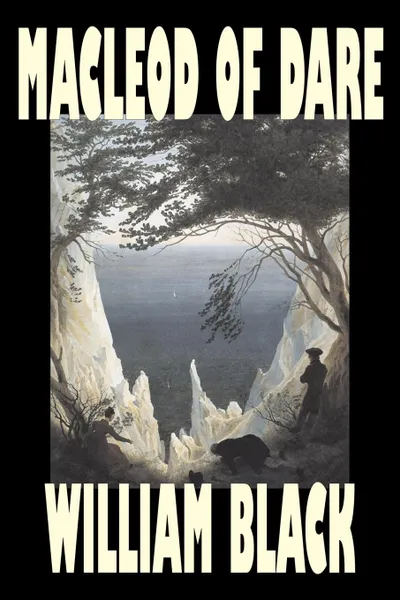Macleod of Dare by William Black, Fiction, Classics, Literary, Historical 12+
Автор: William Black
2006
360 страниц
Категория: Литература на иностранных языках
ISBN: 9781598181173
Язык: Английский
📘 The sun had sunk behind the lonely western seas; Ulva, and Lunga, and the Dutchman's Cap had grown dark on the darkening waters; and the smooth Atlantic swell was booming along the somber caves; but up here in Castle Dare, on the high and rocky coast of Mull, the great hall was lit with such a blaze of candles as Castle Dare had but rarely seen. . . .In the words of The Cambridge History of English and American Literature, William Black made "full use of the properties, highland pride and feuds, pipers, legends, ballads and superstitions, the trusted and officious old retainer and dialect; to all this he imparts a personal quality by two rather novel practices. First, he develops the description, in a quasi-poetical style, of the sky and heather and sea of the Hebrides into a separate art, his skill in which won for him a standing among artists; twelve of the most famous illustrators of the day contributed to Macleod of Dare. . . . A second device which Black elaborated . . . was the clash of temperaments of widely differing racial types. The Gaelic Macleod of Dare, moody, passionate, foredoomed, should have shown vividly in contrast with the actress Gertrude White, city-born and bred."
Мнения
